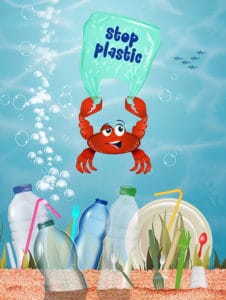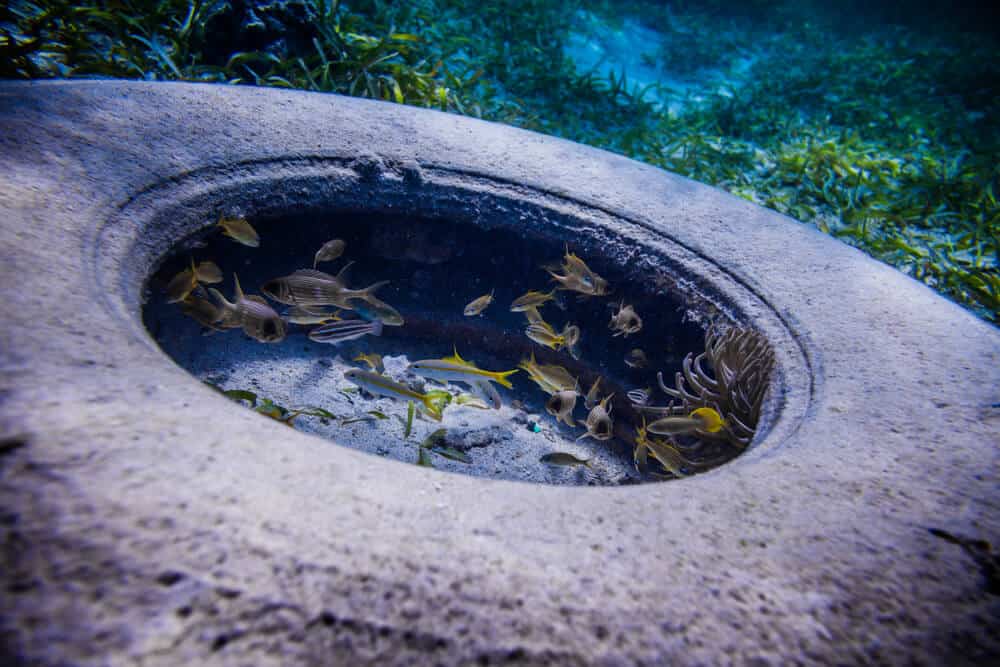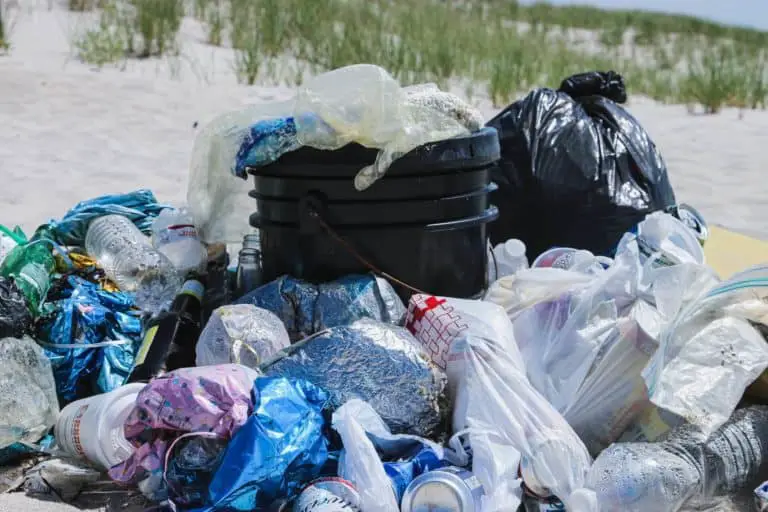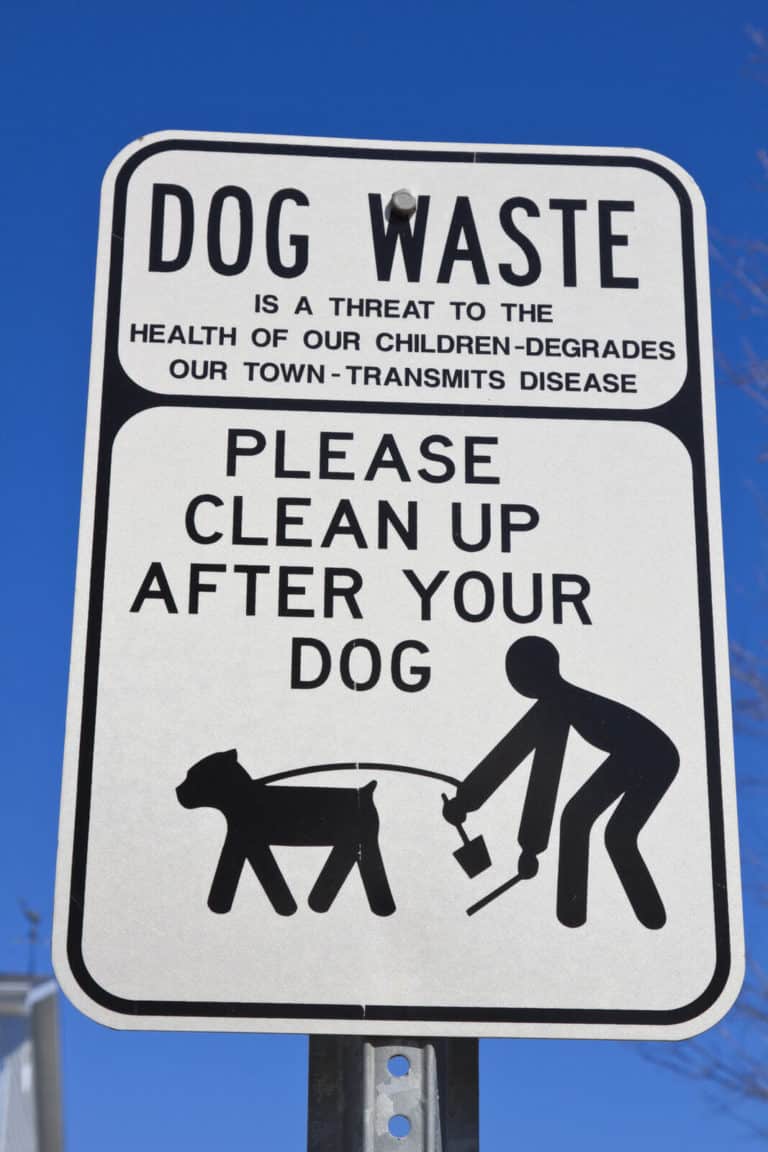Everyone who has travelled to places like Southeast Asia or India before has faced the shocking fact that our oceans are drowning in plastic. In western countries on the other hand the beaches and rivers look reasonable clean, and the problem isn’t that visible. This is also the reason why many people and the media blame the countries where the unresponsible waste disposal is clear to see. If we look at it closely it is clear that we are all responsible for the waste in the oceans and rivers.
So, who is responsible for the waste?
One reason why there is waste in our oceans
Countries like Germany, America and Australia waste 10 times more plastic a day than developing countries like Indonesia, India and Africa. So why aren’t our rivers full of trash? One reason is because we have a better recycling system, the other is because a lot of our trash gets shipped to Southeast Asia.
At first this might sound like a good solution because they waste less than us per household but what doesn’t seem to be considered here is that these countries still have to deal with their own waste and the recycling system is not at all as efficient as ours. The result is that countries in southeast Asia are being overwhelmed by trash and majority of it gets dumped in the ocean and rivers.
Who is to blame?
Over years countries started blaming each other instead of working together towards a solution. The subject became so visible that documentaries like Seaspiracy pointed out the hidden problems. After China banned imports of plastic waste in 2018 countries in Southeast Asia saw it as a chance to make profit and started buying the trash from western countries without a plan of how to process it accordingly. It became so overwhelming that Vietnam and Malaysia now also decided to stop accepting the waste from the West.
together towards a solution. The subject became so visible that documentaries like Seaspiracy pointed out the hidden problems. After China banned imports of plastic waste in 2018 countries in Southeast Asia saw it as a chance to make profit and started buying the trash from western countries without a plan of how to process it accordingly. It became so overwhelming that Vietnam and Malaysia now also decided to stop accepting the waste from the West.
The waste management of the countries is too complex to point fingers. A lot of things also are unseen like illegal dumping in the sea and shipping.
Other ocean polluting factors
What people and the media tend to forget is the waste coming from fishing. Around 10 percent of waste in the ocean comes from fishing gear, which means that around 1 million tons of fishing robes end up in the ocean each year. This is a way too big figure to be ignored as around 557 species are affected by it.
What’s the solution?
The big question is how are we going to get out of this pickle? And the answer is not that easy as the solution would require everyone to act. The western countries have to start consuming more consciously and make smarter choices about their waste management, products and packaging. Developing countries will have to create a better system of waste management and recycling before taking on other countries waste. The waste coming from the fishing industry needs to be made more public, so people become more considerate of their eating habits when it comes to fish products.
There are so many factors that it is hard to paint an overall picture, but we can all do our part by becoming more conscious of our choices, using less plastic and buying reusable or compostable products. Educating others is part of the process, as a lot of people still aren’t aware of the severe problem our waters are drowing in.






